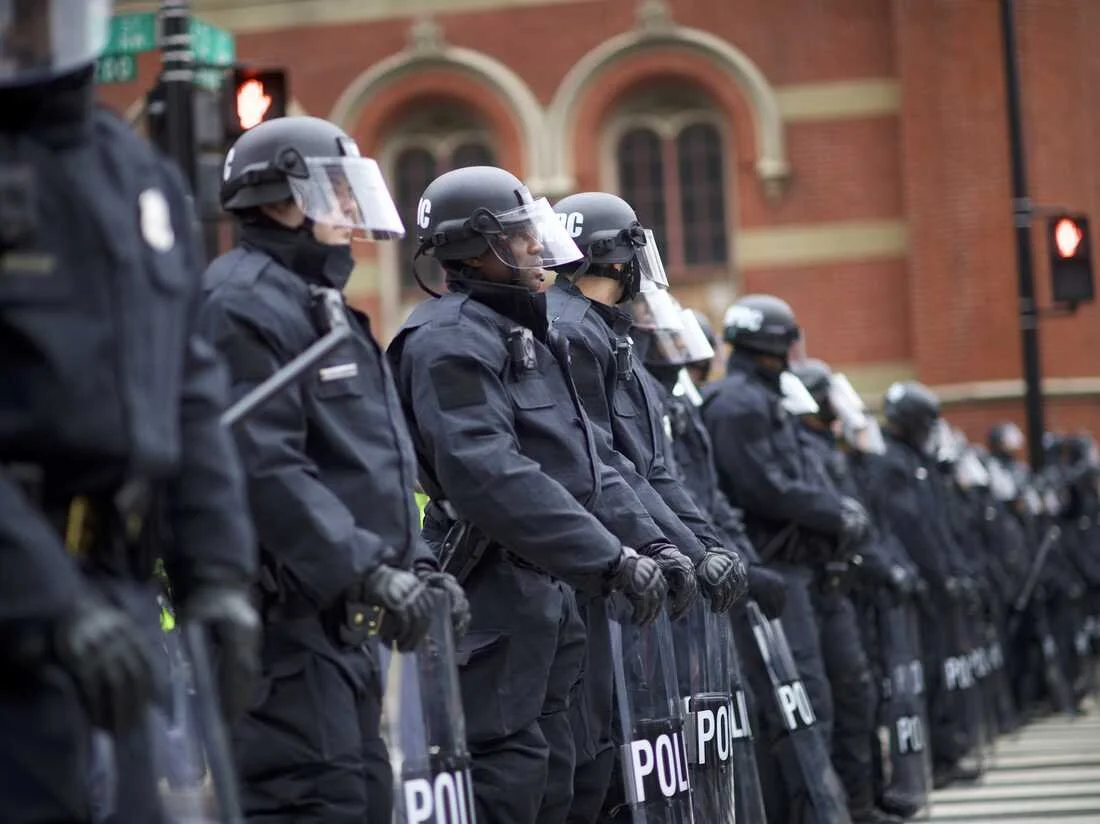Despite the increase of Black law enforcement agents over the years, the racist structure of law enforcement agencies in the United States has remained the same. As part of the continued effort to protect property and capital, we see an increase of funding of local and state police departments in cities where Black democrats are the mayors and chiefs of police.
It’s no coincidence that the government has decided to fund the police given the collective wealth of the ruling class has increased by 40% over the course of the pandemic. Meanwhile, many working class folks are being forced to risk their health to go back to work. Since January of this year, $77 million in military equipment has been sent to U.S. police departments across the country.
In order to understand the power and influence law enforcement has on politics today, we should look at police unions. Afterall, it was the National Association of Police Organizations who lobbied to secure an outcome that favored the police instead of tax paying citizens when Biden was expected to bring back the Obama administration’s reformist limitations on 1033 earlier this year. Additionally, last month The House had a chance to effectively end the 1033 program, but failed to do so.
Today, the Fraternal Order of Police remains one of the most powerful police unions in the country. Political candidates who run for public office have expressed a desire to be tough on crime in order to appease the police unions who contribute millions of dollars to their campaigns. Despite pushback from the public and attempts by local organizers to establish alternatives to policing, local elected officials have chosen instead to increase the already inflated police budgets. In the struggle to free political prisoners and prisoners of war, we must keep in mind the role that police unions play in keeping them incarcerated. An increase in spending on police inevitably means more funding for correctional facilities.
In solidarity,
Rhamier & Noah
1033 leads for the Research & Political Education Team
Lawmakers Take On Militarization of Police in Defense Budget Talks
Four Lawmakers have proposed NDAA amendments that would limit or end the Pentagon’s 1033 program.
Legislative efforts to end the program have been ineffective despite a majority of U.S. citizens supporting ending the program.
The withdrawal of U.S. troops from Afghanistan is expected to lead to a declaration of “excess” of 17,000 pieces of military equipment.
Police continue to add the cost and maintenance of this equipment to their budgets
Congress Has a Chance to Roll Back the Flow of Military Weapons to Police Departments
The more combat gear the police receive, the more violent they become.
Since the inception of the 1033 program, Police have received 70,000 firearms, 5,000 military vehicles and 358 aircraft.
The Cost of maintenance of these weapons, shipping, training and operations often fall on State and Local governments.
The number of U.S. citizens killed by police are on the rise.
Additional Stories:
Learn more about BAP’s work on the 1033 program by visiting the 1033 resources page.


